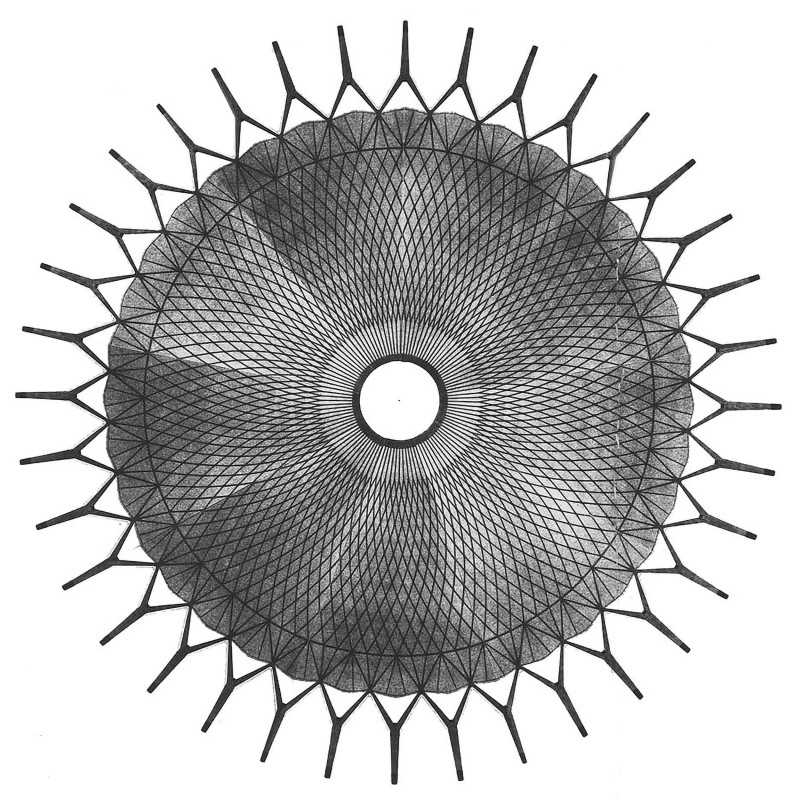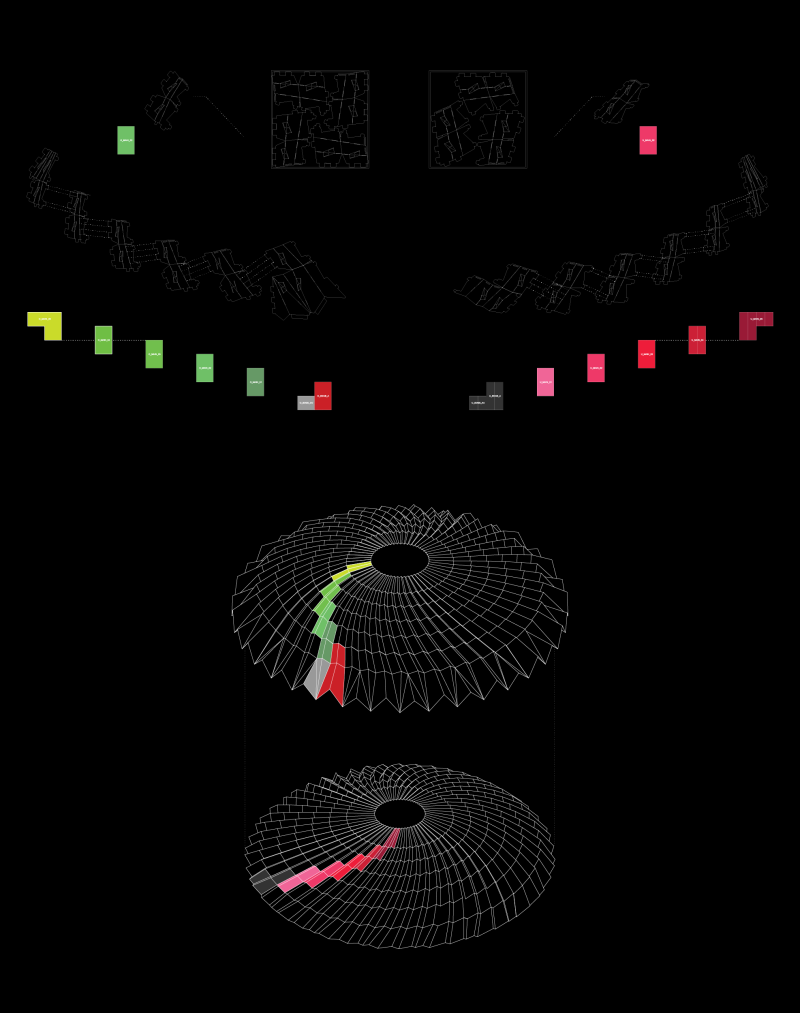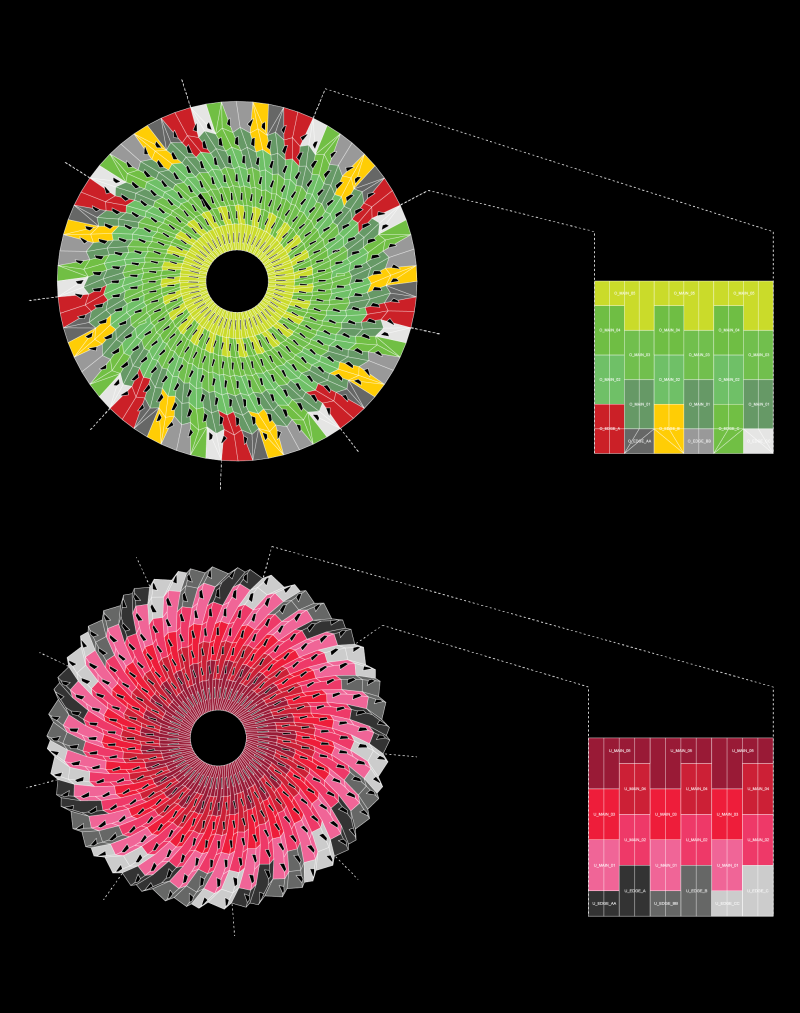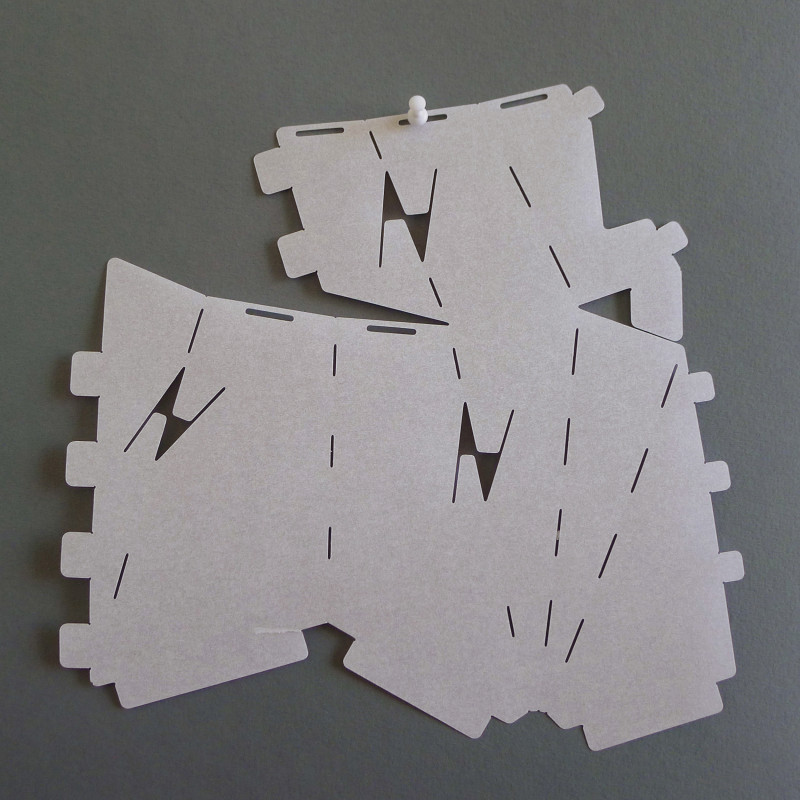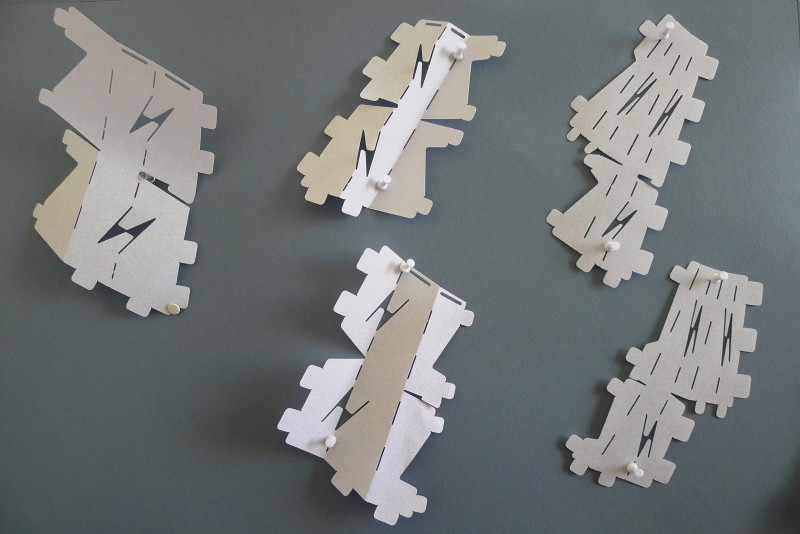



Open Source NERVI: Independent Research at the American Academy in Rome
Rome Prize 2012
Open Source NERVI is a research and design project developed during the Rome Prize Fellowship at the American Academy in Rome (2011-12). The work emerged from an architectural and material analysis of Pier Luigi Nervi’s structural practices, framed within the fellowship topic New Vectors of Liquid Stone: Speculations on the Material Innovations of Pier Luigi Nervi and the Roman Tradition. The study centers on the Palazzetto dello Sport, constructed for the 1960 Olympics, as a means of investigating the spatial and geometric consequences of Nervi’s material and construction logics.
The history of architectural innovation is understood here as a material choreography—unfolding under the pressures of technique, economy, and social identity. In response to this, the research developed a series of tectonic models using industrial vellum, operating simultaneously as physical analysis and as a platform for structural experimentation. These studies recode Nervi’s system into a speculative framework for future application: a double-skin structural shell system capable of engaging alternate material assemblies. Materials such as carbon fiber, recycled plastic composites, and recycled wood composites are being explored. The project opens a new arena for structural performance, assembly strategy, and environmental responsiveness through the adaptation of this logic at contemporary scales.
Open Source NERVI is both an analytical study of Nervi’s systems thinking and a speculative project for architectural application. Central to the research is a translation of Nervi’s ferrocemento construction method into a templated shell system composed from flat sheet materials. The work proposes a digitally templated, materially specific design language that can evolve across multiple applications and scales.
Ultimately, Open Source NERVI seeks continuity through transformation: maintaining the intelligence of Nervi’s approach while confronting it with present-day material and environmental considerations. As a working prototype, it suggests that structural invention may reside not only in novel form but in the recalibration of existing ideas—reshaped through material economy, manufacturing logic, and spatial ambition.
Photography: EASTON COMBS
